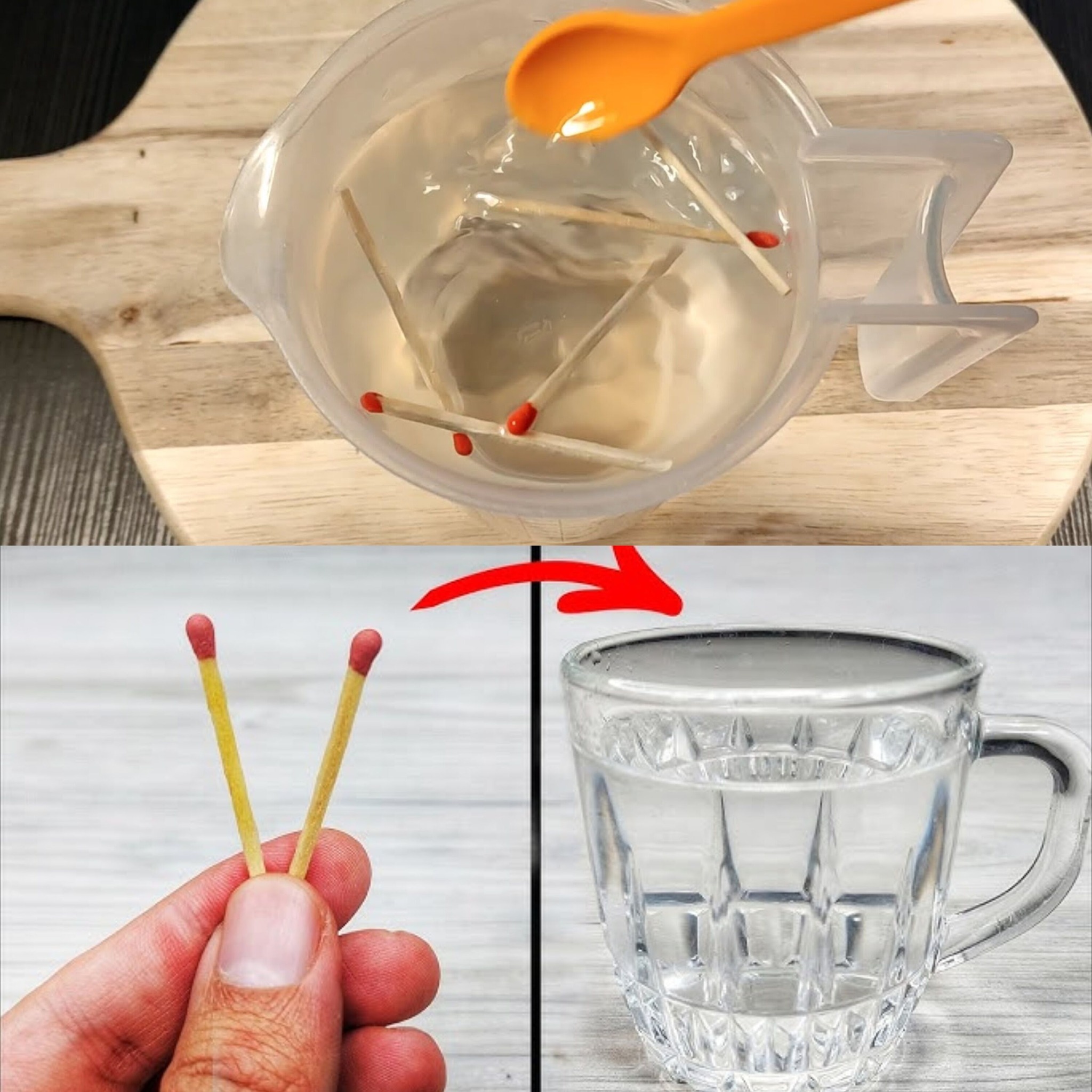ADVERTISEMENT
**What Happens When You Put Matches in Water?**
You’ve probably seen it in science experiments or read about it in forums and social media posts: the idea of putting **matches in water**. While it may sound like a simple or even bizarre concept, there are fascinating things to learn about how matches react to water and why this simple activity has sparked curiosity among many.
In this article, we’ll explain the science behind what happens when you put matches in water, the effect it has on their ability to light, and explore a few interesting tips and tricks related to this seemingly odd experiment.
### What Happens When You Put Matches in Water?
To understand what happens when you put matches in water, it’s important to first know a bit about how matches work. A matchstick contains a small amount of **flammable chemicals** on its tip, such as **potassium chlorate**, **sulfur**, and **glass powder**, which are crucial for starting a fire when struck against a rough surface. The friction generated when striking the match creates heat, which ignites the chemicals and allows the match to light.
So, what happens when these matches get submerged in water?
#### 1. **The Match Head Becomes Wet**
When you place a match in water, the first thing that happens is the match head absorbs the water. This moisture causes the **flammable chemicals** on the match head to become diluted. Because fire requires heat and a chemical reaction to ignite the match, the wet match becomes much harder to light.
#### 2. **The Match Won’t Light** (at Least Not Easily)
Most regular matches will not ignite if they are wet. Water disrupts the chemical process that is needed for the match to burn. The **flame-producing chemicals** cannot react as effectively in the presence of moisture, which means it’s nearly impossible to light a wet match with the usual striking motion.
However, this is true for **regular safety matches**, which are designed to ignite through friction. Special matches known as **waterproof matches** or **storm matches** are specifically designed to withstand wet conditions and can be struck even after being submerged in water.
#### 3. **The Impact of Drying the Match**
If you remove a wet match from the water and allow it to dry completely, you might be able to strike it and light it again. However, this can depend on how long the match has been submerged and the type of match. While some matches might dry out and still ignite, others may suffer damage to their striking surface or chemical coating, making them impossible to light even after drying.
For Complete Cooking STEPS Please Head On Over To Next Page Or Open button (>) and don’t forget to SHARE with your Facebook friends
ADVERTISEMENT
